Testosterone, % Free Testosterone, Free Testosterone (calculation)
(Specimen Container)
SST (Tiger Top)/ Dipotassium EDTA
(Transport Temperature)
| Temperature | Period |
|---|---|
| Room temperature | 8 hours |
| Refrigerated | 7 days |
| Frozen | If testing will be delayed more than 7 days, specimens should be frozen |
The Alinity i 2nd Generation Testosterone assay is to be used for the measurement of testosterone in the diagnosis and treatment of disorders involving the male sex hormones (androgens), including primary and secondary hypogonadism, delayed or precocious puberty, impotence in males and, in females, hirsutism (excessive hair) and virilization (masculinization) due to tumors, polycystic ovaries, and adrenogenital syndromes.
Testosterone is regarded as the most important of the androgen steroids. In males, it is secreted by the Leydig and interstitial cells of the testes which are stimulated by luteinizing hormone (LH). Control of testosterone secretion is through a negative feedback loop to the hypothalamus where secretion of gonadotrophin-releasing hormone promotes synthesis and release of LH and follicle-stimulating hormone (FSH) from the anterior pituitary gland.
In females, testosterone is secreted by the follicular theca and interstitial cells of the ovaries and also produced by metabolism of adrenal androgens. The concentrations of testosterone are typically about 10-20 times lower for females than for males.
In the circulation, approximately 97% of testosterone is transported by proteins, most notably by binding to sex hormone-binding globulin (SHBG) with an affinity of approximately 109 Lmol-1. Testosterone is also weakly bound to albumin.
The Alinity i 2nd Generation Testosterone assay releases testosterone from binding proteins and measures total testosterone. Free testosterone can be calculated from the total testosterone, SHBG and albumin concentrations. The Free Androgen Index (FAI) may also be calculated (FAI = [Total Testosterone] / [SHBG]) and provides an index of free testosterone status. This ratio correlates well with both measured and calculated values of free testosterone and helps to discriminate subjects with excessive androgen activity from normal individuals.
The concentration of testosterone in an individual fluctuates over 24 hours. The pulsatile release of LH in the night typically leads to a peak of testosterone concentration in the morning. Time of day, age, sex, puberty, pre- and post-menopause, and disease, all have an influence on testosterone concentration and should be considered in interpreting individual results.
Male:
2 – 7 ng/dL – 22 Weeks – 1 Years
2 – 25 ng/dL – 1 Years – 5 Years
3 – 30 ng/dL – 5 Years – 9 Years
1 – 177 ng/dL – 0 Weeks – 22 Weeks
132 – 950 ng/dL – 18 Years – 50 Years
72 – 950 ng/dL – 50 Years – No Max Age Limit
Female:
2 – 5 ng/dL (22 Weeks – 1 Years)
2 – 10 ng/dL (1 Years – 5 Years)
2 – 20 ng/dL (5 Years – 9 Years)
1 – 5 ng/dL (0 Weeks – 22 Weeks)
6 – 77 ng/dL (18 Years – 50 Years)
6 – 77 ng/dL (50 Years – No Max Age Limit)

